What type of glass is used in vials?
What Type of Glass is Used in Vials?
When it comes to storing and preserving various substances, vials have proven to be an indispensable tool. And at the heart of these vials lies a material that ensures the integrity and safety of their contents – glass. However, not all glass is created equal, and understanding the specific type of glass used in vials is crucial.
Vials have been in use for centuries, and their design has evolved over time to meet the growing demands of different industries. From pharmaceuticals to fragrances, vials serve a variety of purposes. But at the core, the type of glass used in vials must exhibit exceptional qualities to maintain the stability and purity of the substances they hold.
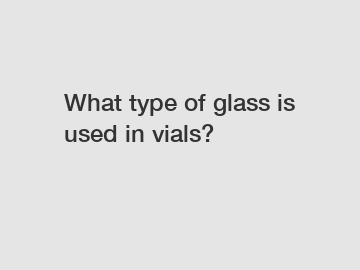
Borosilicate glass has emerged as the gold standard for vials due to its unique properties. This type of glass consists mainly of silica and boron oxide, with small amounts of other elements added to improve its overall performance. One of the primary reasons borosilicate glass is favored in vial production is its exceptional resistance to thermal shock.
The ability of borosilicate glass to withstand sudden temperature changes without cracking or breaking is vital in various industries. For instance, in pharmaceuticals, vials may undergo processes like sterilization and lyophilization (freeze-drying), which expose them to extreme temperatures. Borosilicate glass ensures that these vials can withstand such thermal stresses without compromising the contents within.
Furthermore, borosilicate glass offers excellent chemical resistance. It is impervious to most acids, bases, and organic solvents, making it an ideal choice for storing sensitive pharmaceutical compounds or aggressive chemicals. This chemical inertness guarantees that the vials will not react with their contents, maintaining the purity and stability of the substances stored inside.
Additional reading:Should I invest in a tobacco grinder with handle?
Can you emboss on a hardcover book?
Why should you use a microwave cover?
Are Glass Ampoules the Eco-Friendly Future of Skincare?
Is custom calendar printing worth the investment for B2B businesses?
Everything You Need to Know About 38-400 Flip Top Caps
Are Paper Bags Really the Eco-Friendly Option?
Another key aspect of borosilicate glass is its high transparency. Vials made from this type of glass allow for easy visual inspection, ensuring the contents are free from contaminants or deterioration. This transparency is particularly crucial in pharmaceuticals, where accurate identification and quality control are paramount.
Moreover, borosilicate glass boasts an ultra-smooth surface, minimizing the potential for interactions between the glass and the substances stored in vials. This property prevents the leaching of any impurities, ensuring the integrity of the stored compounds. Additionally, the smooth surface of borosilicate glass allows for easy extraction of liquid contents, reducing the risk of residue left behind.
Beyond borosilicate glass, other types of vial glass exist, each with its unique characteristics. Soda-lime glass, for example, is a common alternative utilized in less demanding applications. While soda-lime glass is more susceptible to thermal shock, it remains widely used due to its lower cost compared to borosilicate glass.
In recent years, advancements have been made with alternative glass compositions. Hybrid glass formulations, such as alkali-aluminosilicate glass, have been developed to provide enhanced strength and durability while maintaining favorable qualities of borosilicate glass. These alternatives are especially relevant in industries where extreme conditions or mechanical stresses might be encountered.
It is important to note that regulations and standards play a crucial role in the selection and usage of glass in vial manufacturing. For instance, the United States Pharmacopeia (USP) sets specific guidelines for glass compositions and performance, ensuring the utmost safety and reliability of vials used in the pharmaceutical industry. Compliance with such standards guarantees that the glass used in vials meets the strict requirements set forth by regulatory bodies.
In conclusion, the type of glass used in vials holds immense importance in preserving the integrity and purity of various substances. Borosilicate glass, with its exceptional thermal shock resistance, chemical inertness, transparency, and smooth surface, has become the go-to choice for many industries. Other glass compositions, such as soda-lime glass and hybrid formulations, have their place in less demanding applications or specific scenarios. However, regardless of the specific type of glass, adherence to regulatory standards ensures the highest level of quality and safety. So, the next time you handle or encounter a vial, appreciate the glass that safeguards its contents with such remarkable precision.
If you are looking for more details, kindly visit neutral glass tube, pharmaceutical glass tube, glass vial specification.
Additional reading:What does a Erlenmeyer flask do?
Is TexPrint sublimation paper worth the price?
Revolutionizing Convenience: Single Serve Retort Packages Explained
What is the best container to store ice cream in?
What size bag for 3.5 grams?
What materials are used for in mold labeling?
Applications of Greaseproof Kraft Wrapping Paper
204
0
0
Related Articles
-
224
0
0
-
225
0
0
-
229
0
0
-
233
0
0
-
230
0
0
-
210
0
0
-
216
0
0
-
226
0
0


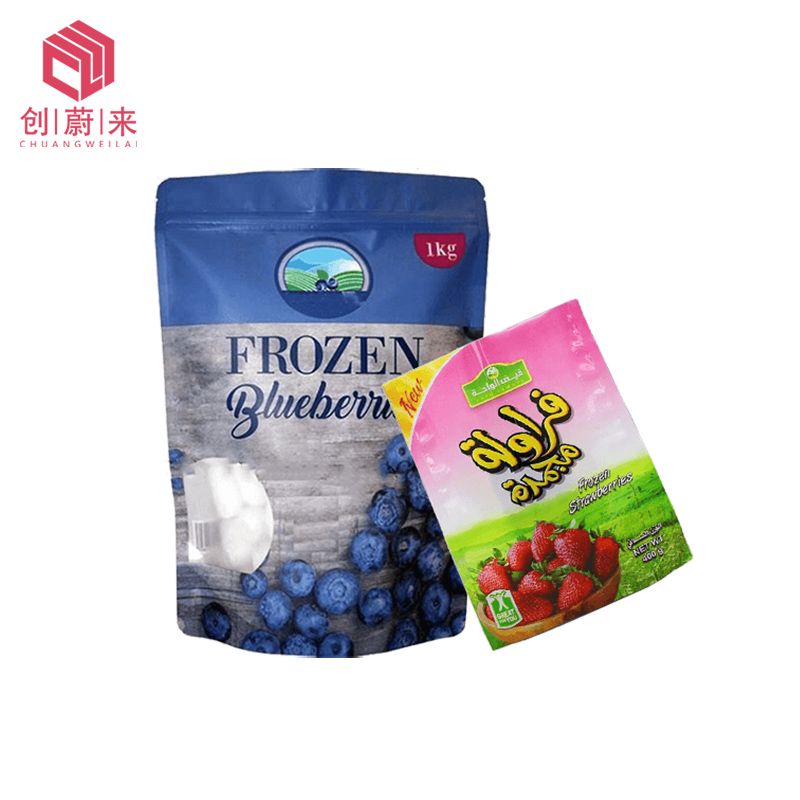
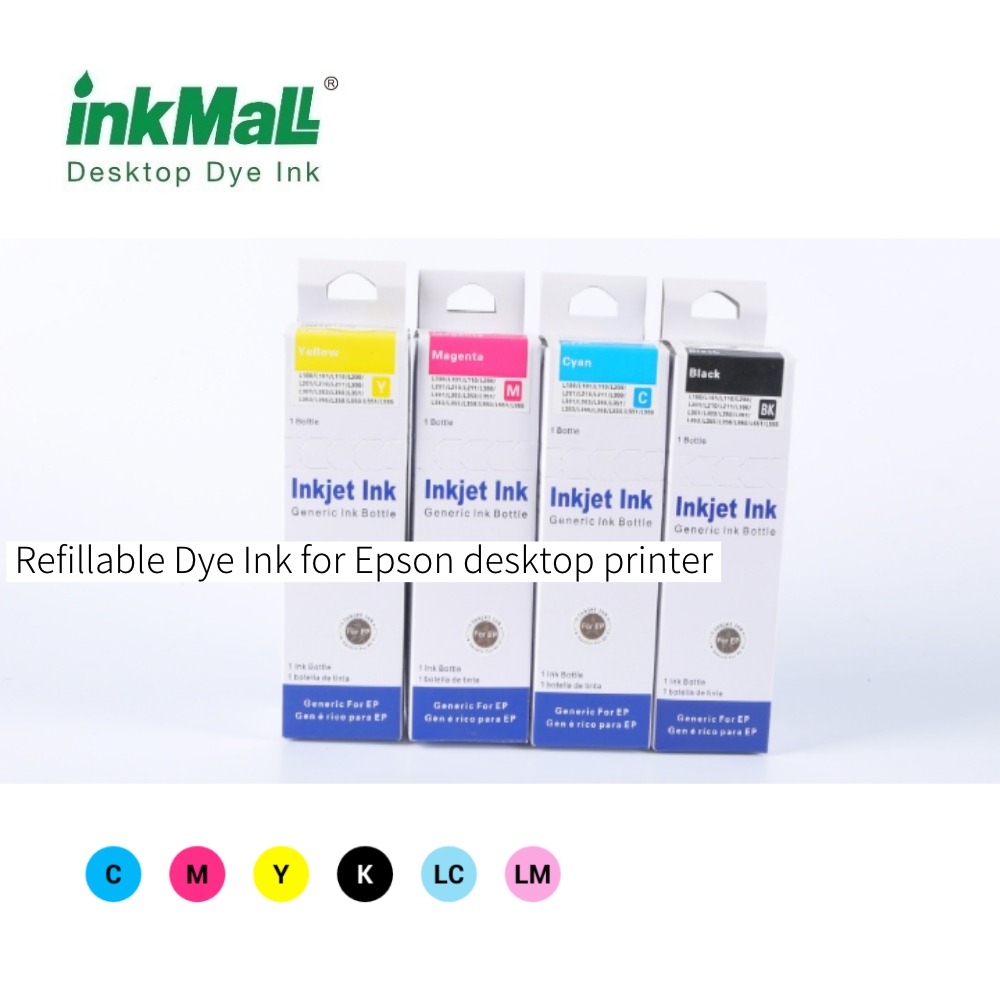
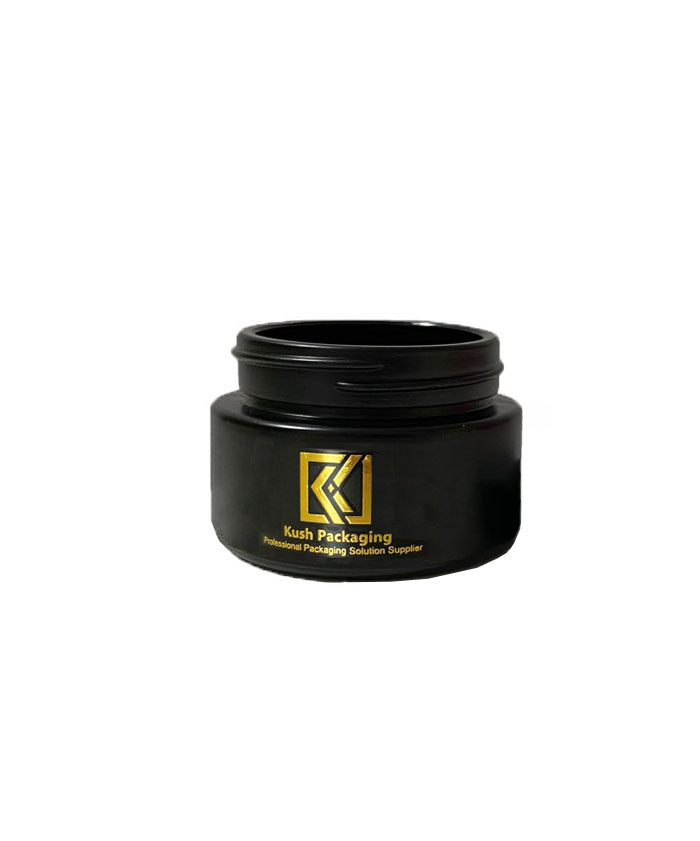
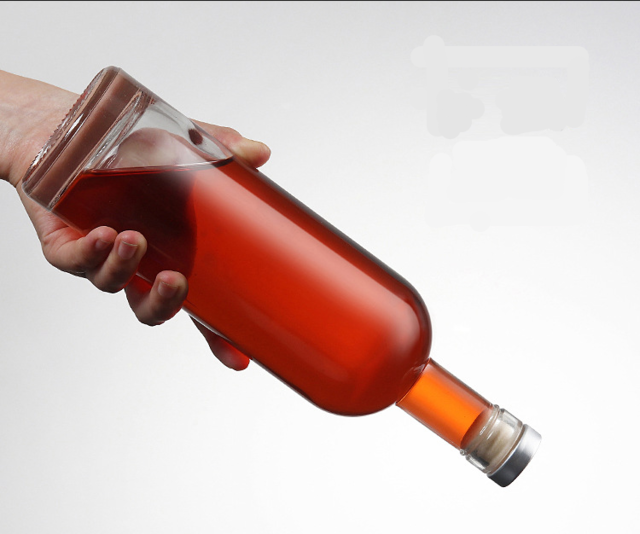
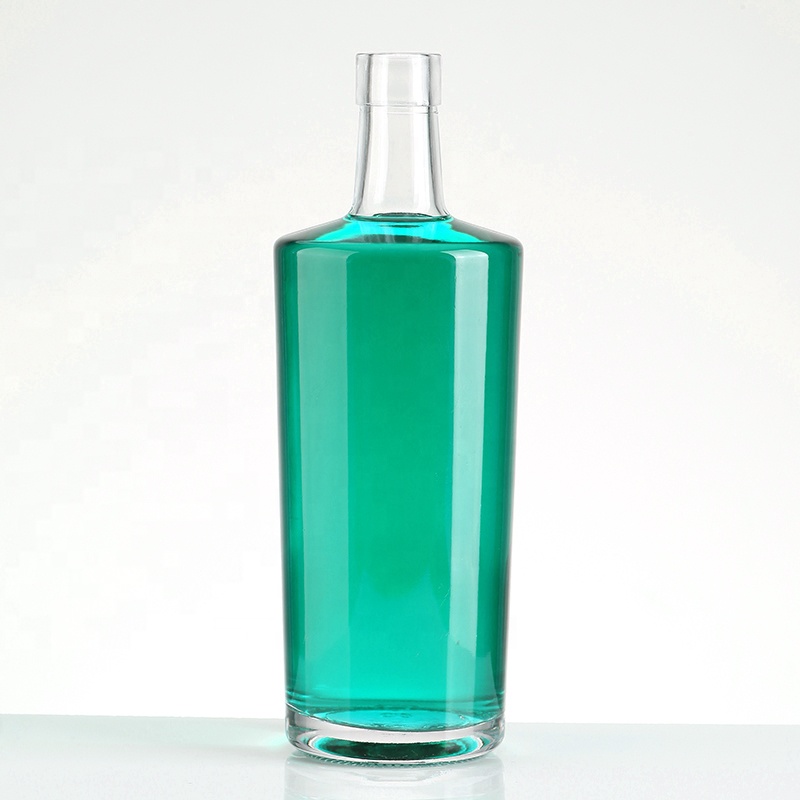
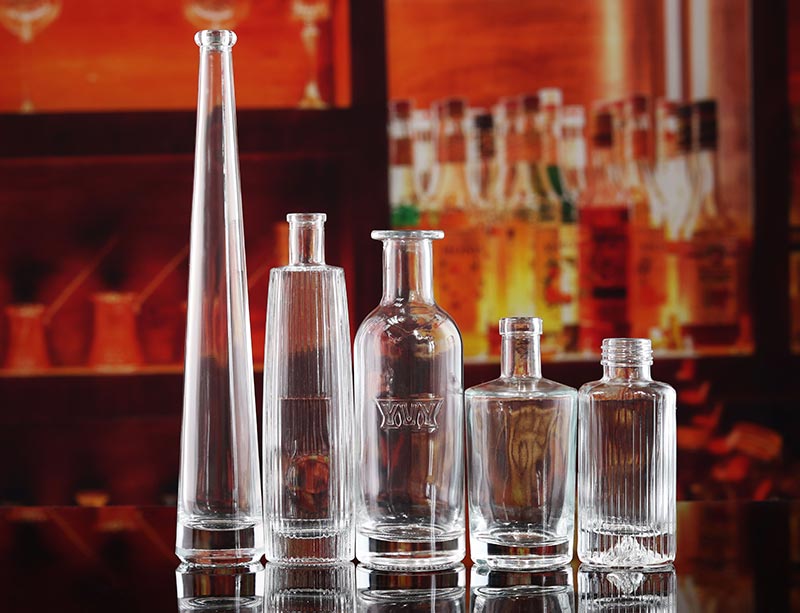
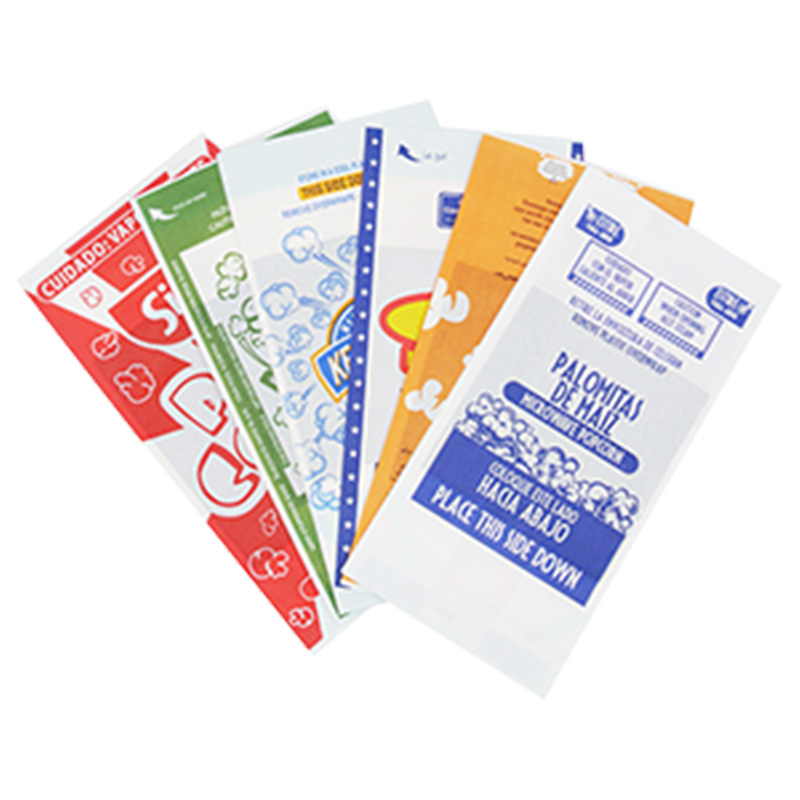

Comments
All Comments (0)